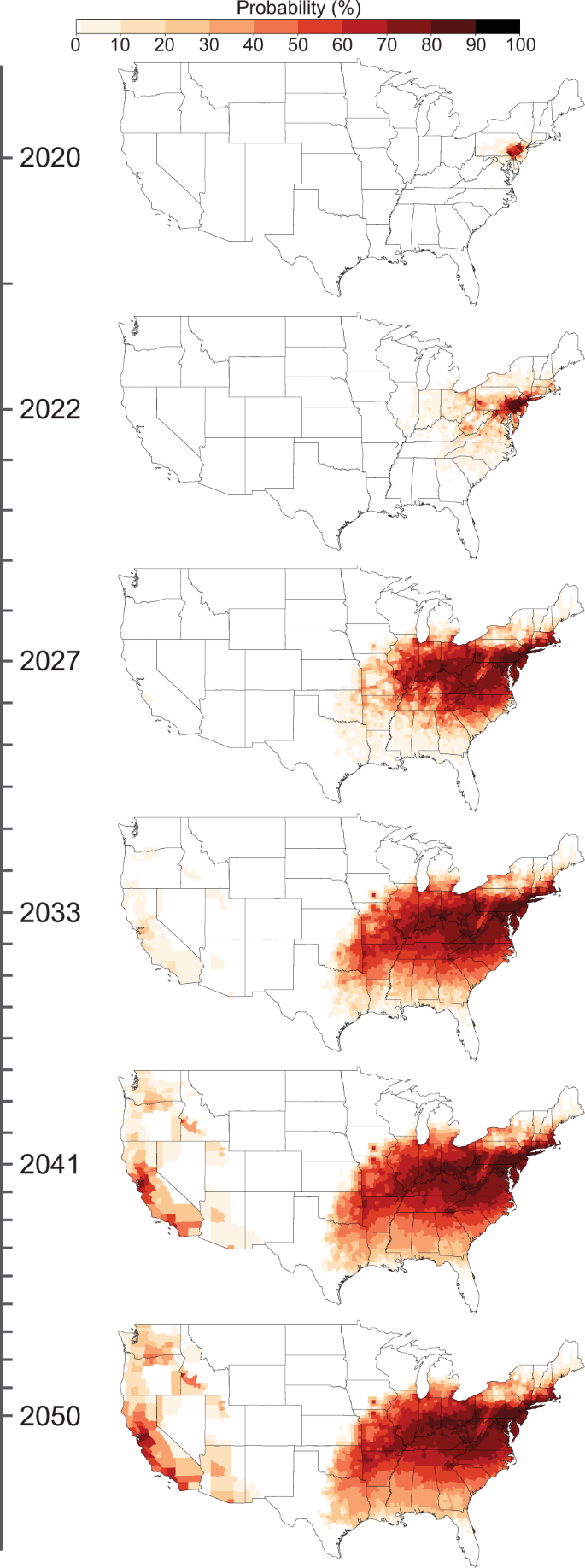この論文では、「異所性凝縮」と呼ばれるタンパク質液滴に注目し、この分野の最新科学を紹介している。 A review article highlights the latest science in this field, focusing on protein droplets termed, “ectopic condensates”
2022-06-08 バッファロー大学(UB)

A microscope image shows the oncofusion protein FUS-DDIT3 forming ectopic droplets inside laboratory-cultured live cells. These protein droplets appear as a bright green blob, as they are tagged with a green fluorescent protein. Credit: Richoo B. Davis
この新しい総説は、がんに関連するある種の「オンコフュージョンタンパク質」に関する最新の科学を検証したもので、細胞内に「異所性凝縮物」と呼ばれる液体状の液滴を形成することができるオンコフュージョンタンパク質に焦点を当てている。
<関連情報>
- https://www.buffalo.edu/news/releases/2022/06/009.html
- https://www.cell.com/trends/cell-biology/pdf/S0962-8924(22)00077-0.pdf
異所性生体分子相転移:がん病態における融合タンパク質 Ectopic biomolecular phase transitions: fusion proteins in cancer pathologies
Richoo B. Davi,Mahdi Muhammad Moosa,Priya R. Banerjee
Trends in Cell Biology Published:April 25, 2022
DOI:https://doi.org/10.1016/j.tcb.2022.03.005
Highlights
Phase separation (PS) has emerged as a crucial mechanism for the spatiotemporal regulation of functions within cells. PS drives the formation of many membrane‐less organelles (MLOs) that play indispensable roles in subcellular biochemistry.
Many protein domains can act as molecular drivers of biomolecular PS. When fused to non-phase-separating proteins, they can confer PS capacities to these proteins both in vitro and in vivo.
Oncofusion proteins join domains from proteins that are otherwise distant in the protein–protein interaction network. Recent reports indicate that many oncofusion proteins gain the ability to undergo PS at non-native subcellular locations. These ‘ectopic condensates’ of fusion proteins mediate pathological outcomes through a variety of mechanisms.
Biomolecular condensates are membraneless organelles (MLOs) that are enriched in specific proteins and nucleic acids, compartmentalized to perform biochemical functions. Such condensates are formed by phase separation (PS) enabled by protein domains that allow multivalent interactions. Chromosomal translocation-derived in-frame gene fusions often generate proteins with non-native domain combinations that rewire protein–protein interaction networks. Several recent studies have shown that, for a subset of these fusion proteins, pathogenesis can be driven by the ability of the fusion protein to undergo phase transitions at non-physiological cellular locations to form ectopic condensates. We highlight how such ectopic phase transitions can alter biological processes and posit that dysfunction via protein PS at non-physiological locations represents a generic route to oncogenic transformation.


